FM Approved High Density Polyethylene (HDPE) Pipe and Fittings
-
The Hazard
The water supply of any fire protection system is often considered the most critical component of the system. Moving the water from its source to its final point of use in a fire protection system is the function of underground fire protection piping. This piping must be extremely reliable and capable of safely withstanding both internal and external stresses over long periods of time.
HDPE pipe and fittings are available in various lengths, in diameters of 3 inches (7.62 cm) to 63 inches (160.02 cm). Thermal butt fusion joints provide an economical and fast method of delivering a complete, long, continuous length of pipe, often eliminating the need for elbows in larger radius applications. The fused joints are as strong as the pipe itself, providing a continuous leak proof system.
-
Testing Required for FM Approval
The benefits of FM Approved HDPE pipe and fittings over those which are not certified include more rigorous testing resulting in enhanced reliability and the confidence of knowing that the product is made at a facility that is regularly audited by FM Approvals personnel.
FM Approved HDPE pipe and fittings are subjected to more severe performance testing. For example, FM Approved HDPE pipe must pass a more rigorous hydro- static test at four times the pressure class of the pipe for five minutes. Additionally, FM Approved pipe is tested for pipe stiffness, insuring that buried pipe, subject to external forces caused by earth and heavy vehicle loads, will not deflect more than five percent for depths of bury up to eight feet (2.45 m).
-
But What About...
Cost?
It is important to understand the product manufacturer’s pricing structure. It may appear that the cost of a tested and certified FM Approved HDPE pipe and fittings is higher than that of a similar, non-certified product. Reputable testing and certification organizations such as FM Approvals will run tests and perform facility audits which may in fact, increase the cost of the product compared to similar, non-certified products.
The best place to start any pricing comparison is with the manufacturer. The source for their product pricing is often found on the manufacturer’s Web site. The Approval Guide, an online resource of FM Approvals, provides links to manufacturers’ Web sites along with the listing for the Approved product. That link will often lead to a representative who can explain the actual delivered cost of the fire pump package that will meet with the local installation requirements for a given location. Start there, and then understand that there may be supply chain costs which may add cost to the product and likewise increase its price. Since the testing and certification costs for FM Approvals testing and certification are already built into the manufacturer’s price, there should be no added cost for the tested and certified product along the supply chain.
...Installation?
FM Approved HDPE Pipe should be installed per FM Global Loss Prevention Data Sheet 3-10 and those guidelines of the Authorities Having Jurisdiction (AHJ) or other regulatory authority.
...Local codes and jurisdictional requirements?
FM Approvals incorporates jurisdictional and code requirements into their testing standards as well as providing rigorous loss prevention criteria. All users of FM Approved products can rely on these products to be acceptable by local jurisdictions, as well as provide the property loss prevention solutions prescribed by FM Global.
...Availability around the world?
FM Approvals teams are working to make sure that these products are available for purchase and service locally wherever they are needed. Our contact with FM Approved manufacturers have demonstrated responsiveness to user needs anywhere these products are needed. FM Approved HDPE pipe is available and serviced by local manufacturers in the following countries: Austria, Canada, Germany, Mexico, Switzerland, United Arab Emirates and the United States.
-
Success Stories
Widely Used, Without Corrosion
- Meets Code and jurisdictional installation requirements worldwide.
- Avoids microbiologically induced corrosion (MIC) often found in metallic pipe.
- Widely used in horizontal drilling applications where crossing of rivers, highways and other impediments provide obstacles to standard trench digging.

